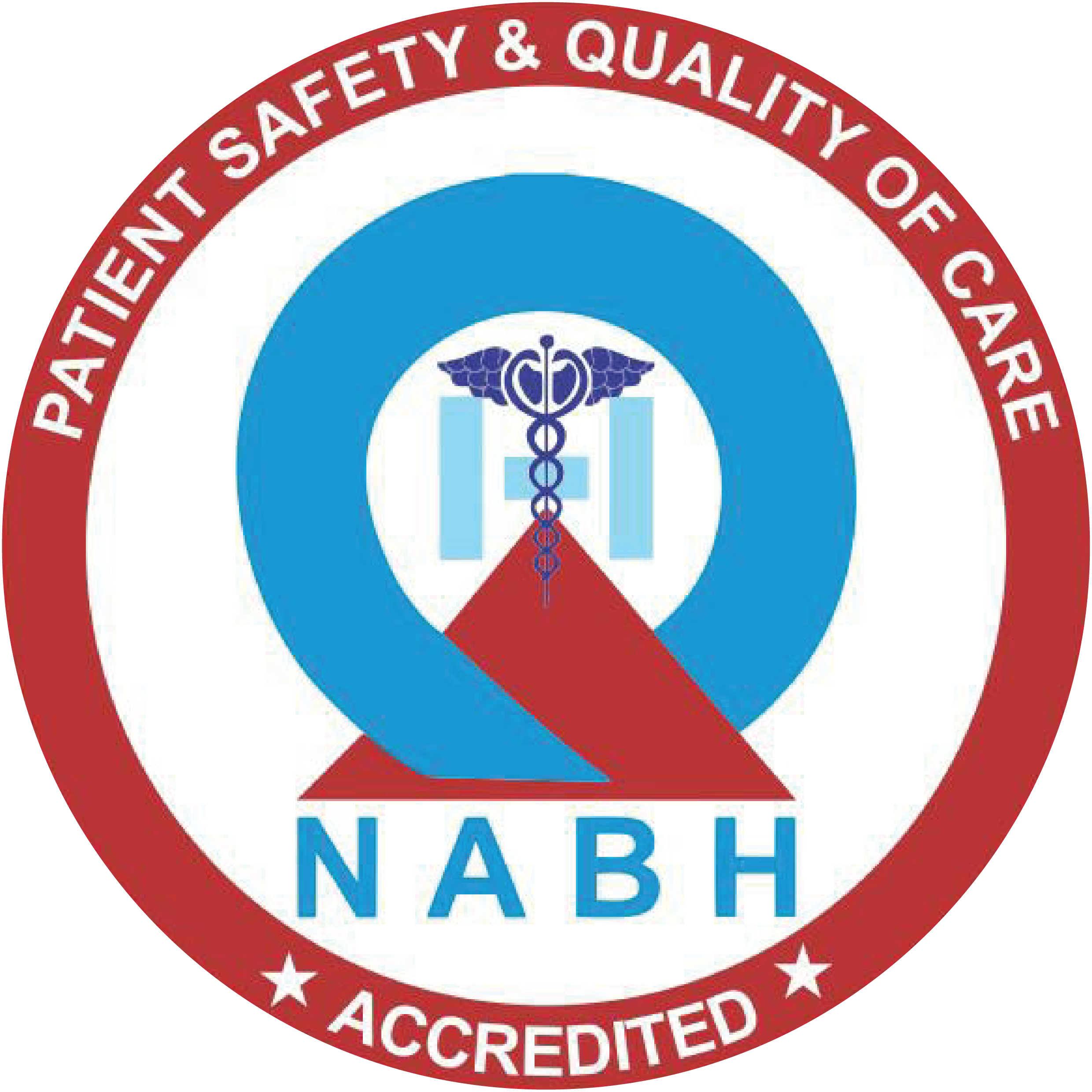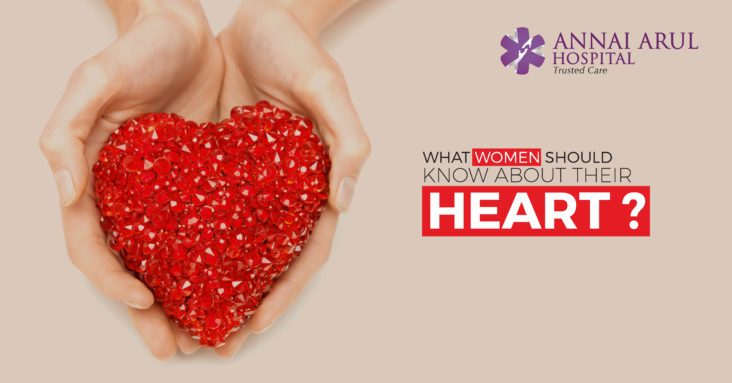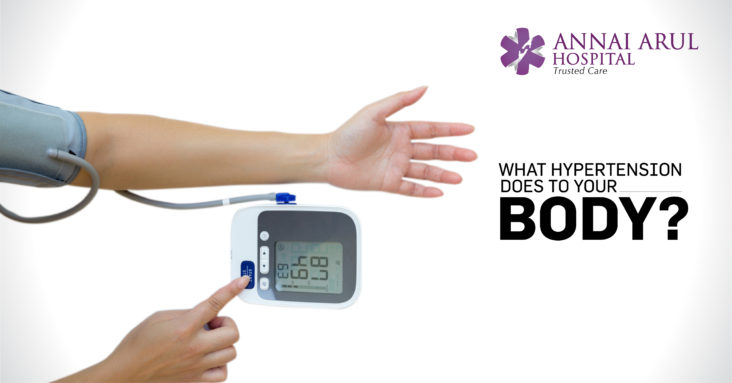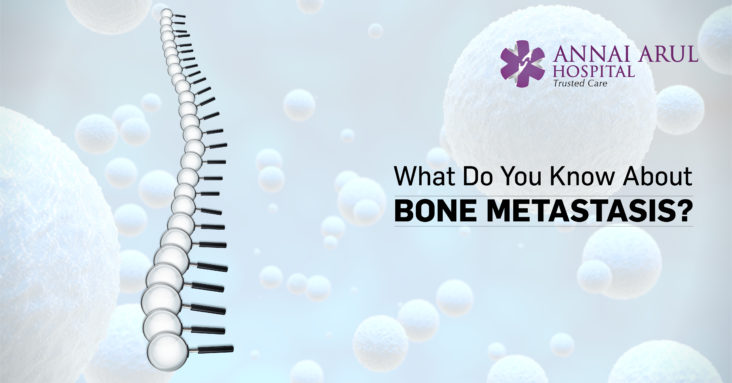Hypertension or high blood pressure happens when the blood travels through blood vessels with more force than is considered healthy. When blood pressure is high, it can damage artery and blood vessels leading to dangerous complications and even death, if left untreated.
Artery Damage
The arteries are supposed to be sturdy, springy and smooth to enable the movement of blood from lungs and heart. It is in this movement that it helps collect oxygen and supply it to other organs or tissues. High blood pressure of HBP pushes too hard on your artery walls. This damages the inside and causes fat, or plaque to deposit. The plaque narrows the arteries, so they can’t do their job well.
Aneurysm
It is condition where the pressure pushes out a section of the artery wall and weakens it. If it breaks, it can bleed into your body. This is a very serious condition. It is likely to happen in any artery but particularly in the aorta. If the artery is damaged artery, you could get an aneurysm, even without blood pressure.
Coronary Artery Disease
CAD happens when plaque builds up in arteries closer to the heart. This slows down the blood flow, which can bring chest pain or a strange heart rhythm. The total blockage can cause heart attacks.
Heart Attack
When plaque builds up in the blood vessels, a clump of it breaks loose, to completely block an artery to the heart, this causes heart attack. The blockage can starve the heart muscle of oxygen and nutrients. This hurts of destroys the heart. Usually a sort of pressure or pain is felt in the chest region, but sometimes it can be along the arm or jaw too. There can be difficult to breathe accompanied by nausea and dizziness.
Peripheral Artery Disease (PAD)
High blood pressure can affect blood vessels that are farther from the heart like the arms, legs, head or stomach. Usually you will feel pain or cramps in the legs, often when you walk or climb stairs. The pain goes away once you rest or come back. Left untreated, PAD can bring about stroke, ulcers, and loss of circulation to the legs and lead to even amputation.
Heart Failure
High blood pressure can cause arteries to narrow and overtime they can make the heart work harder. This continuous condition makes the heart weaker. Eventually, it gets so weak that it can’t supply enough blood to the rest of the body. This is known as heart failure.
Enlarged Heart
When the heart works harder to move the blood around, the muscle of the heart thickens. This results in the whole heart getting enlarged. The bigger it gets, the less able it will be to do its job. The heart tissues also receive very less oxygen and nutrients they need. This condition can get serious and life threatening if continued.
Stroke
High blood pressure is the world’s top cause for stroke. There are two types of stroke, mainly the hemorrhagic one where the weakened artery bursts in the brain and the Ischemic one where the clump or clot in the artery, comes loose and lodges itself in the blood vessel blocking the blood flow to the brain. One part of the brain starts to die when it doesn’t get enough blood. This can hurt your ability to think, move, speak and see.
Dementia, kidney failure, eye problem, sexual dysfunction, bone loss and sleep apnea are other health problems caused by high blood pressure.






